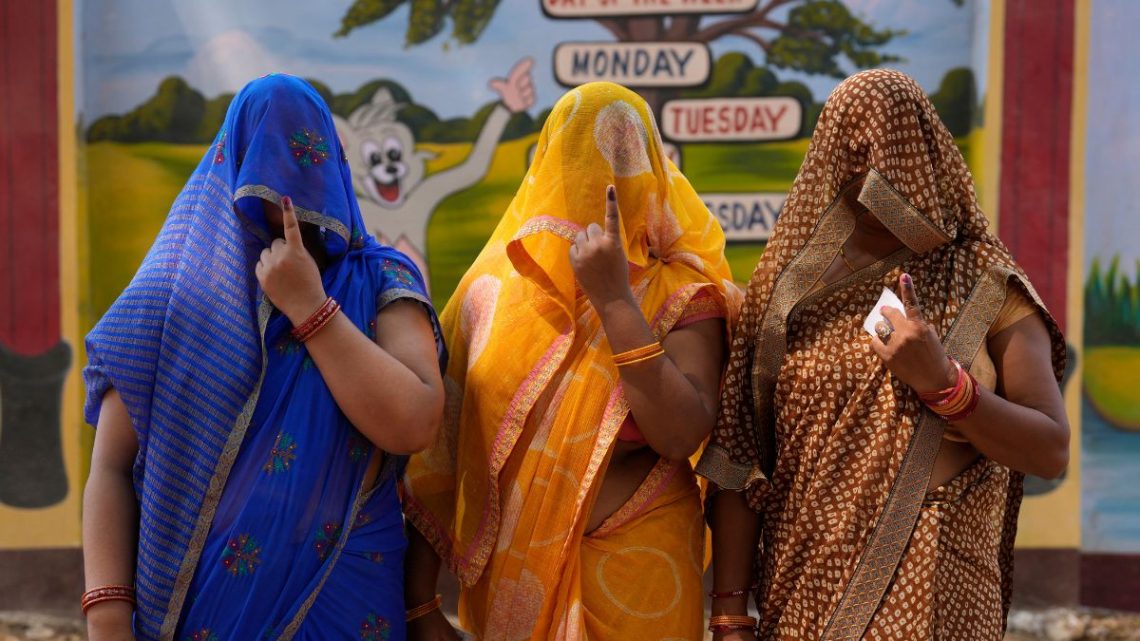India’s 18th Lok Sabha Elections, the largest democratic exercise on the planet, will conclude on 1 June, 2024 as
the seventh phase comes to a close
. As the lengthy 44-day electoral process ends, attention will shift to exit polls, which are expected to provide insights into the election outcomes starting from 6:30 pm on 1 June.
Exit polls are crucial for gauging the mood of the electorate and predicting the likely winners before the official results are declared. However, their accuracy and methodology are often subjects of debate and scrutiny.
What is the methodology behind exit polls?
Exit polls are conducted by surveying voters immediately after they cast their votes. This method contrasts with opinion polls, which are conducted before the elections to gather voters’ views on various issues and candidates. Exit polls aim to provide a snapshot of voting trends, influenced by various factors such as issues, personalities, and party loyalties.
The methodology of exit polls involves interviewing voters outside polling stations using a structured questionnaire. This approach relies on the voters’ recent experiences, increasing the likelihood of obtaining accurate responses.
The data collected is then analysed to estimate vote shares and predict seat outcomes. These polls are typically conducted by private firms or media organisations rather than government agencies.
How has technology changed conducting exit polls?
Technological advancements have significantly influenced the conduct of exit polls. Techniques such as call-backs to respondents, images of interviews being conducted, phone calls from the field, and WhatsApp groups have enhanced data collection and analysis.
Despite these advancements, ensuring the accuracy of predictions remains challenging due to the complex and diverse nature of the Indian electorate.
Structured questionnaires are vital for coherent data collection and systematic analysis, reported Indian Express. The Centre for the Study of Developing Societies (CSDS) emphasises the importance of representative samples in ensuring accurate predictions. A large sample size is crucial, but the representativeness of the sample is equally important.
What challenges are faced while conducting exit polls?
Estimating vote shares and predicting seat outcomes are the primary challenges in conducting exit polls. The swing model, which relies on past election results, is influenced by various factors such as geographic location, caste, religion, and economic class.
Changes in political alliances between elections can also affect predictions. The prediction process is labour-intensive and time-consuming, as it involves making estimates for each seat.
The complexity of swings increases with the number of political players. For example, the BJP and JD(U) alliance in Bihar poses a challenge for the swing model. Over- or under-representation of diverse voter sections can impact the accuracy of estimates.
How accurate are exit polls?
The accuracy of exit polls depends on various factors beyond sample size. The representativeness of the sample, the methodology used, and the ability to account for diverse voter profiles are critical. Some agencies rely on innovative methods, such as eliminating certain constituencies from the poll, to improve accuracy.
Also Read:
Predictions, predilections, and Indian general elections
For instance, the Lokniti-CSDS uses post-poll surveys with large sample sizes but echoes the need for representative samples. Their predictions have varied in accuracy, highlighting the complexities involved in electoral predictions.
Have exit polls ever got it wrong?
Historically, exit polls have had mixed accuracy. Some notable instances where exit polls diverged significantly from actual results include:
In India, exit polls are regulated under Section 126A of the Representation of the People Act, 1951. This section prohibits the conduct and publication of exit polls during the polling period to avoid influencing voters.
Also Read |
Bharat and its elections: The wonder that is India
The
Election Commission (EC)
enforces a ban on exit polls from the beginning of polling hours on the first day until 30 minutes after the closing of polls on the last day of all phases.
With inputs from agencies
Link to article –
Lok Sabha Election 2024: How are exit polls conducted and are they accurate?
